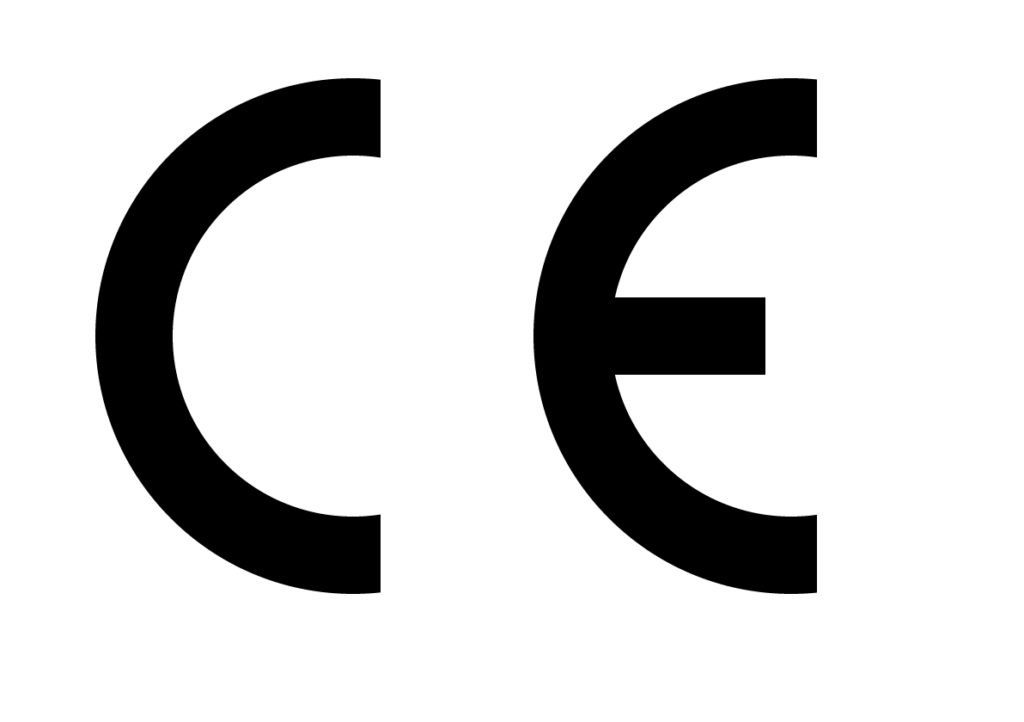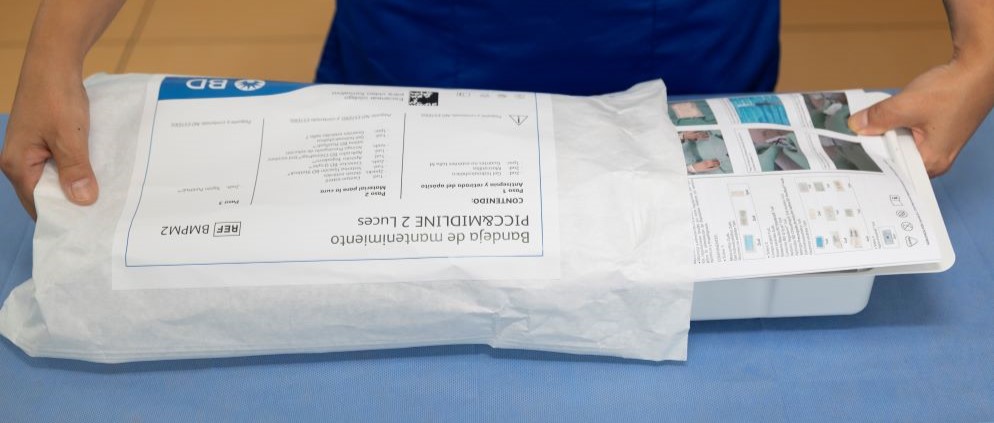Convenience packs: streamlined IV catheter care in the hospital and at home
Along with other considerations, central venous catheters or peripherally inserted central catheters (PICCs) are typically recommended when longer-term intravenous (IV) access is required.1 Midline catheters are recommended for therapy durations of up to 14 days, while PICCs are recommended for treatment durations of more than 14 days.1,2
PICCs have been shown to be safe and reliable, but they require trained healthcare professionals (HCPs) to maintain.3 Some hospitals have specially trained nurses, who work in teams to care for and maintain PICC lines.3
More on this topic: PVAM care bundles: how we can measure their economic benefit
Importance of training for IV catheter care providers
Education and ongoing training for HCPs who manage IV catheter care is a key strategy to safeguard patients and minimise complications, such as catheter-related bloodstream infections (CRBSIs).4 Adherence to best practice standards is important. Aseptic Non Touch Technique (ANTT®), a practice framework, promotes aseptic technique across the entire infusion care continuum.2
In addition to CRBSIs, other catheter-related complications can include:5
- Phlebitis
- Occlusion
- Thrombosis
- Infections (CRBSIs and local insertion site infections)
- Dislodgement
Improper techniques used to insert, care for and maintain IV catheters may lead to IV complications.5 CRBSIs can increase morbidity and mortality, lengthen hospital stays and increase care costs.4,6
More on this topic: Peripheral venous catheters (PVC): Cost impact of PVC care bundles
Home care providers
Care providers play a pivotal role when caring for and maintaining PICCs at home.7,8 For many outpatients, such as people undergoing chemotherapy, line care and maintenance of a PICC is done at home by their primary caregiver. 7,8
Italy’s innovative HVAS initiative supports PICC care at home
The Naples Cancer Institute has taken a significant step forward in patient support with the launch of its new Home Vascular Access System (HVAS) programme.9 The aim of the HVAS programme is to better support chemotherapy patients, by improving their quality of life.9 The patients’ caregivers will be able to perform weekly PICC maintenance and dressing changes at home, guided by the clinical staff at the hospital in real time, via teleassistance on their smartphones.9
By limiting contact with the hospital, the HVAS programme may help reduce the patients’ risk of developing healthcare-associated infections.9
Convenience packs for PICCs and midlines can help streamline care processes
Whether IV catheter care takes place in a hospital or at home, it’s important to minimise any complications, ensure that best practices are followed and make the process as easy as possible for the patient and care provider.
Maintenance trays bundle together all of the catheter care products required for a specific catheter procedure, in a partially sterile convenience pack that is tailored to standard ANTT®.10 Each item in the pack is sterilised, and remains in its individual blister-wrap until needed, and the complete pack does not require a further round of sterilisation.10
The advantages of convenience packs may include:10
- Improved compliance to aseptic technique
- Standardised clinical procedures
Focus on reducing waste
In addition, partially sterile convenience packs can help to reduce waste. With sterile procedure packs, unused components may end up being thrown away, or require further sterilisation.10 Having to re-sterilise already sterilised equipment can also increase energy use unnecessarily.10
What do convenience packs include?
The trays are designed for the care and maintenance of midlines and PICCs.11 Depending on the procedure, the convenience pack will contain a tailored mix of components that could include:11
- Disinfecting cap
- Prefilled saline syringe
- Stabilisation device
- Needleless connectors
- Latex gloves
- Surgical masks
The goal of convenience packs: prevent complications and streamline care processes, keeping the focus on patient comfort and safety.
References
1 Pittiruti M, Van Boxtel T, Scoppettuolo G, et al. European recommendations on the proper indication and use of peripheral venous access devices (the ERPIUP consensus): A WoCoVA project. J Vasc Access. 2023;24(1):165-182. doi: 10.1177/11297298211023274
2 Nickel B, Gorski L, Kleidon T, et al. Infusion Therapy Standards of Practice, 9th Edition. J Infus Nurs. 2024;47(1S Suppl 1):S1-S285. doi:10.1097/NAN.0000000000000532
3 Gonzalez R, Cassaro S. Percutaneous Central Catheter. [Updated 2023 Sep 4]. In: StatPearls [Internet]. Treasure Island (FL): StatPearls Publishing; 2024 Jan-. Available from: https://www.ncbi.nlm.nih.gov/books/NBK459338/
4 Sousa B, Furlanetto J, Hutka M, et al. ESMO Guidelines Committee. Central venous access in oncology: ESMO Clinical Practice Guidelines. Ann Oncol. 2015;26 Suppl 5:v152-68. doi: 10.1093/annonc/mdv296
5 Helm RE, Klausner JD, Klemperer JD, Flint LM, Huang E. Accepted but unacceptable: peripheral IV catheter failure. J Infus Nurs. 2015;38(3):189-203. doi: 10.1097/NAN.0000000000000100
6 Tacconelli E, Smith G, Hieke K, Lafuma A, Bastide P. Epidemiology, medical outcomes and costs of catheter-related bloodstream infections in intensive care units of four European countries: literature- and registry-based estimates. J Hosp Infect. 2009;72(2):97-103. doi:10.1016/j.jhin.2008.12.012
7 Caring for your Peripherally Inserted Central Catheter (PICC). Dorset County Hospital NHS Foundation Trust. https://www.dchft.nhs.uk/wp-content/uploads/2020/10/Caring-for-your-PICC-March-2020.pdf. Published 2020. Accessed August 8, 2024.
8 Rani R, Ruchika, Kaur A. Knowledge regarding PICC (peripherally inserted central catheter) line care among primary caregivers of PICC line patients undergoing chemotherapy. IP Int J Med Paediatr Oncol. 2020;6(1):56-60. doi:10.18231/j.ijmpo.2020.013
9 Scienza e Farmaci. Istituto Pascale. Progetto Hvas: un operatore sanitario guida in teleassistenza i caregiver dei pazienti oncologici. quotidianosanita.it. Published June 19, 2024. Accessed August 7, 2024. https://www.quotidianosanita.it/scienza-e-farmaci/articolo.php?articolo_id=122928
10 Rowley S, Clare S. ANTT® standardisation facilitates new efficiencies with a novel partially-sterile Standard-ANTT PIVC Pack. Br J Nurs. 2023;32(7):S4-S10. doi: 10.12968/bjon.2023.32.7.S4
11 BD Bandeja de Mantenimiento PICC/Líneas Medias 2 Luces Indicaciones de Uso. BMPM2. June 2023.
This list of references to third-party peer-reviewed material and the sites they are hosted on are provided for your reference and convenience only, and do not imply any review or endorsement of the material or any association with their operators. The Third-Party References (and the Web sites to which they link) may contain information that is inaccurate, incomplete, or outdated. Your access and use of the Third Party Sites (and any Web sites to which they link) is solely at your own risk.

BD-134922




